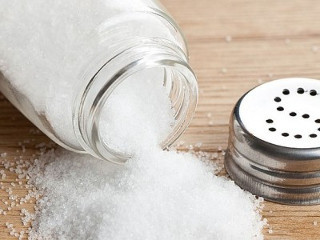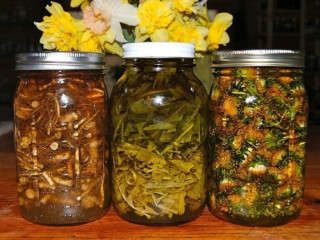Why does the stomach hurt after eating: a detailed description, what are the reasons, treatment, the stomach hurts, after eating, immediately after eating, an hour later the stomach hurts, what to do
Pain in the stomach area, which appears after eating, sometimes occurs in completely healthy people. But more often it indicates the presence of certain problems associated with the work of the gastrointestinal tract. Unlike hunger pains, "afternoons" are varied and have a variety of causes.

Why does my stomach hurt after eating?
They do not necessarily appear immediately after the end of the meal. This group of painful sensations also includes those that appear after an hour and a half after eating: when there is still food in the stomach, and the person has not had time to get hungry again.
They can occur after absolutely one type of meal, at the same time (for example, only after breakfast or only after dinner), after eating certain foods. Let's try to figure out why this symptom occurs and how to get rid of it.
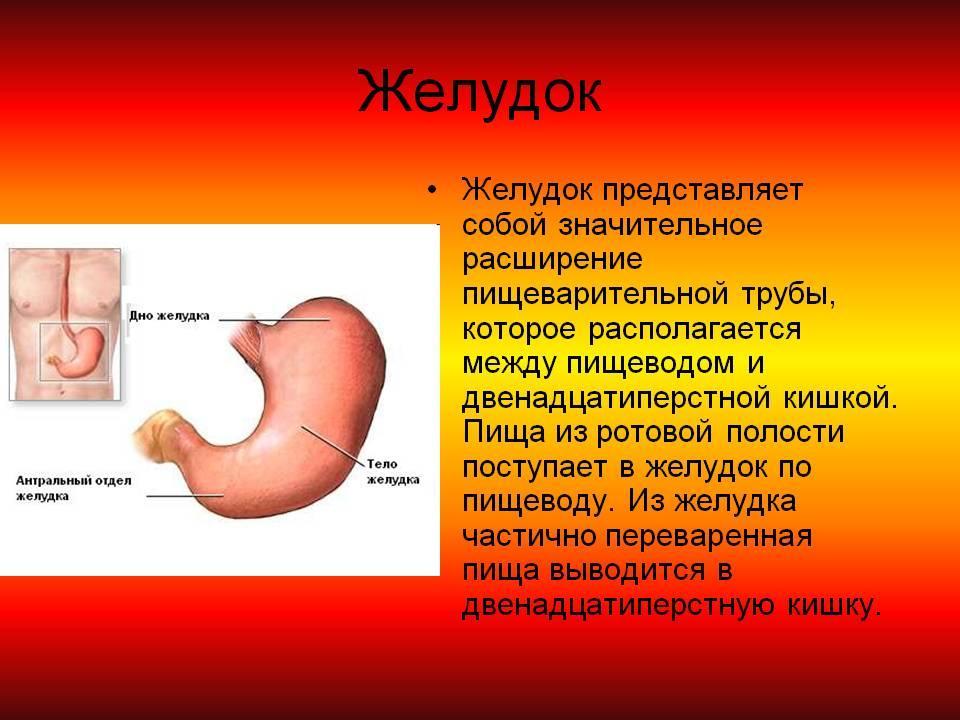
Stomach
Content
-
1 Causes
- 1.1 There is no sharp pain, but more worried about aching in combination with a feeling of heaviness
- 1.2 Pain occurs in the presence of digestive diseases
-
2 Types of pain
- 2.1 Video: 7 types of abdominal pain
- 3 What does the localization of pain and the timing of its appearance say?
- 4 Associated symptoms
-
5 Diseases of the gastrointestinal tract
- 5.1 Food poisoning
- 5.2 Gastritis
- 5.3 Duodenitis
- 5.4 Peptic ulcer
- 5.5 Video - Peptic ulcer
- 5.6 Pancreatitis
- 5.7 Cholelithiasis
- 5.8 Polyps
- 5.9 Video - Polyps in the stomach
- 5.10 Stomach cancer
- 5.11 Intestinal obstruction
- 6 Other diseases in which the stomach hurts
-
7 Stomach hurts after eating. What to do?
- 7.1 Who should I contact?
-
8 Diagnostics
- 8.1 The most frequent questions at a gastroenterologist's appointment regarding abdominal pain
- 9 Treatment
-
10 Diet
- 10.1 Video - Why does the stomach hurt after eating
Causes
Do not worry if this is a one-off phenomenon and is definitely related to one of the reasons below. But it is still worth reviewing your diet so that such episodes do not recur.
Provided there are no pathologies of the gastrointestinal tract, the stomach after eating may ache due to:
- stretching when overeating;
- a strong increase in the production of hydrochloric acid - when eating very fatty, heavy, spicy or acidic foods;
- strong contraction of the stomach muscles.

Pain is one of the most common complaints of stomach ailments
There is no sharp pain, but more worried about aching in combination with a feeling of heaviness
This symptom can be caused by individual intolerance to certain foods or food allergies. It is always associated with the use of a specific product or a group of them. For example, lactose intolerance may be accompanied not only by bloating, rumbling and upset stools, but also pain (appear within an hour after drinking milk). Some other products act similarly. Which ones - you can identify if you try to remember everything you eat or keep a food diary.

Lactose and its intolerance

Comparison of normal digestion and lactose intolerance
Pain occurs in the presence of digestive diseases
- Chronic inflammatory disease of the esophagus, the stomach itself or the duodenum 12.
- Disorders in the liver, gallbladder, pancreas.
- Acute infectious diseases of the digestive system, food poisoning.
- Peptic ulcer disease.
- Tumor processes.
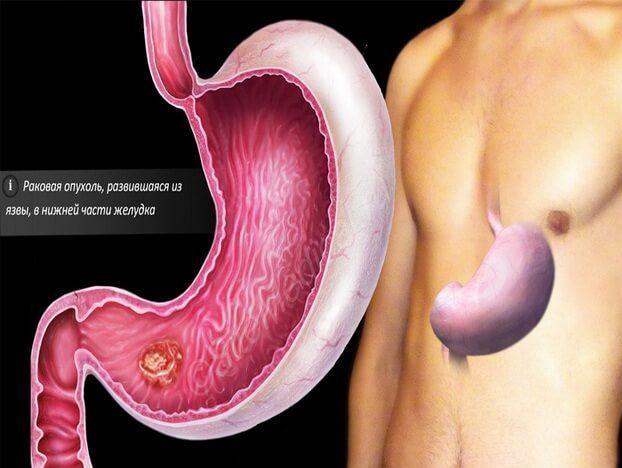
Swelling in the stomach
Soreness after a moderate meal often occurs in those who are used to drinking plenty of fluids. At the same time, the volume of the stomach increases, the concentration of gastric juice decreases. Food takes longer to digest, stagnates in the stomach. Also, diluted gastric juice does not kill pathogenic bacteria that come in through food. Because of this, an inflammatory process develops and diarrhea occurs.
Types of pain
If there is an inflammatory process, the feeling of heaviness is not necessarily associated with overeating: even a small amount of food can irritate the receptor apparatus of the mucosa and submucosa stomach. Sometimes the pain is strong and sharp - in this case, the patient may be afraid of a serious illness. By the nature and time of the onset of pain, it is possible to establish the possible cause of its appearance.
| Feel | Possible reason |
|---|---|
| Sudden, sharp pain that occurs within 30 minutes. | 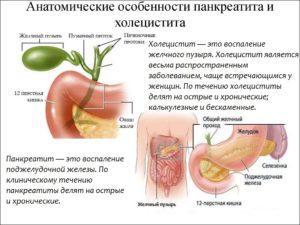 Indicates the presence of acute inflammation or chronic in the exacerbation stage, cholecystitis, pancreatitis |
| Intense pain, burning sensation. | 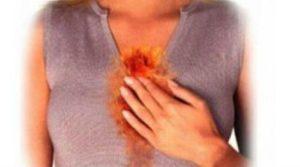 Chemical or thermal burns of the mucous membrane, foodborne infection |
| Penetrating. | 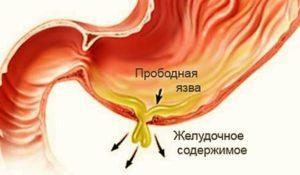 Indicates perforation of the ulcer. Usually accompanied by other symptoms |
| Burning pain. | 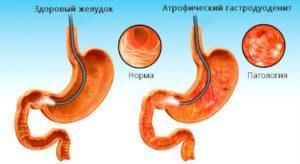 Gastritis, gastroduodenitis, ulcer |
| It's a dull pain. | 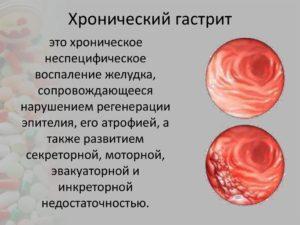 Chronic gastritis |
| Cramping pain. | 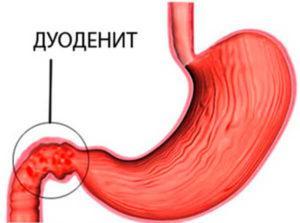 Duodenitis, ulcer |
| Constant aching, low-intensity pain. |  Polyps, tumors, incl. crayfish |
| Acute short-term pain (an attack from a few seconds to a couple of minutes). | 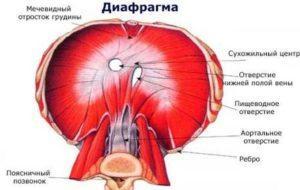 Diaphragm spasm |
| Cramping pain, in the form of short attacks. |  Foodborne infection |
| Pain that started in the upper part of the stomach, but went down after a few days. | 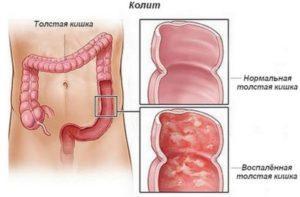 Colitis |
For diagnosis, it is important to know exactly where it hurts. Diseases of the esophagus and gastritis of the upper part of the stomach give to the chest. The lower part of the stomach (above the navel) occurs with pyloritis, duodenitis, and also with gastritis of the fundus of the stomach.
Video: 7 types of abdominal pain
What does the localization of pain and the timing of its appearance say?
Chronic gastritis - the cause of pain during or in the first minutes after finishing a meal. The lower the painful inflamed area, the later the pain sensations appear. Additional symptoms in these cases: sour belching (gastritis) or rotten (duodenitis), heartburn, heaviness, nausea, bloating.

Belching is a symptom of gastritis or duodenitis
Stomach ulcer makes itself felt about 30-60 minutes after eating. The earlier the pain appears, the closer to the esophagus is the ulcerative lesion. Duodenal ulcer signals itself with pain after an hour and a half after eating. Light food causes pain almost immediately. Heavier (meat, baked goods, fatty foods) provoke pain a little later.
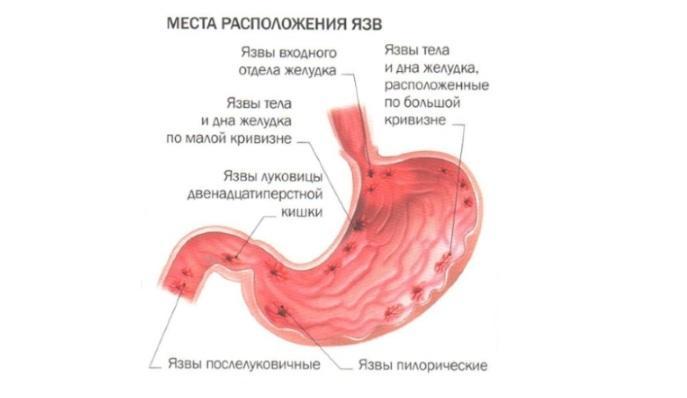
Stomach ulcer
Associated symptoms
Pain is often accompanied by:
- feeling of heaviness;
- heartburn;
- belching;
- nausea;
- vomiting;
- violation of the stool;
- lack of appetite.

Lack of appetite
If at least 2-3 of them are observed, it is highly likely that a disease of the digestive system can be suspected.
Diseases of the gastrointestinal tract
Pain in the upper abdomen is not always associated with ailments of the stomach itself. Sensations in diseases of the pancreas and gallbladder are projected into this area.
Food poisoning
Acute pain appears suddenly, often spastic in nature. Signs of poisoning appear either immediately (an hour and a half), or within 48 hours.
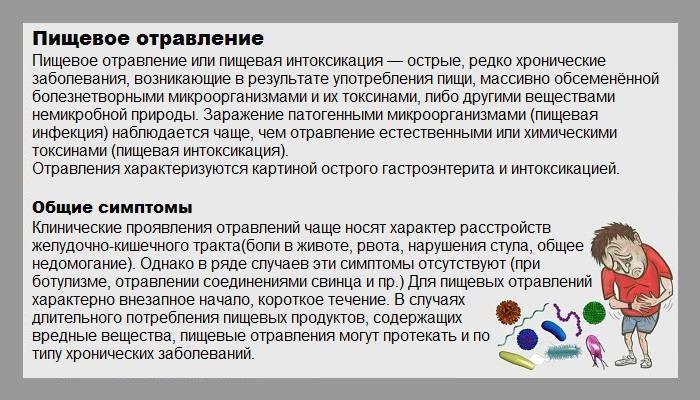
Food poisoning
Even mild poisoning is usually accompanied by nausea, belching, heartburn. In more serious forms, vomiting occurs, there is a high temperature. Usually, after vomiting, there is a short-term relief, the pain decreases, but soon returns again - until the stomach is cleared of food and pathogenic bacteria.
Gastritis
The pain comes on immediately. Often this condition is accompanied by belching with the throwing of stomach contents into the esophagus (reflux), which causes an additional burning sensation, nausea. With chronic gastritis, the pain may subside over time. Usually too sharp, sour, heavy foods provoke unpleasant sensations.

Gastritis
During an exacerbation, pain can appear absolutely after each meal, regardless of its nature. Antacid drugs help relieve a painful attack.

Antacid preparations
Duodenitis
The pain occurs after about half an hour, when the partially digested food lump moves towards the intestines. Nausea, often ending in vomiting, belching, heartburn, and stool disorders are accompanying symptoms.
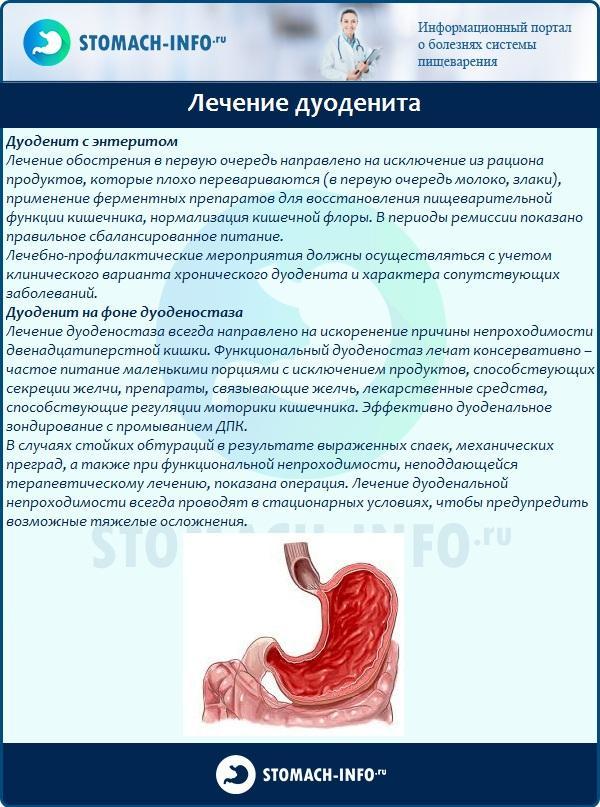
Duodenitis treatment
Peptic ulcer
It is characterized by hunger pains, but there are times when they appear after eating - especially when overeating, a violation of the diet. The pain is usually aching. An acute attack may indicate perforation of the stomach wall or 12 duodenal ulcer.
Video - Peptic ulcer
Pancreatitis
Pain after eating food, especially after oily and severe. An attack can last for a long time - up to 8-12 hours (with severe overeating), often radiates to the lower back. Additional symptoms include fever, nausea, and increased heart rate.
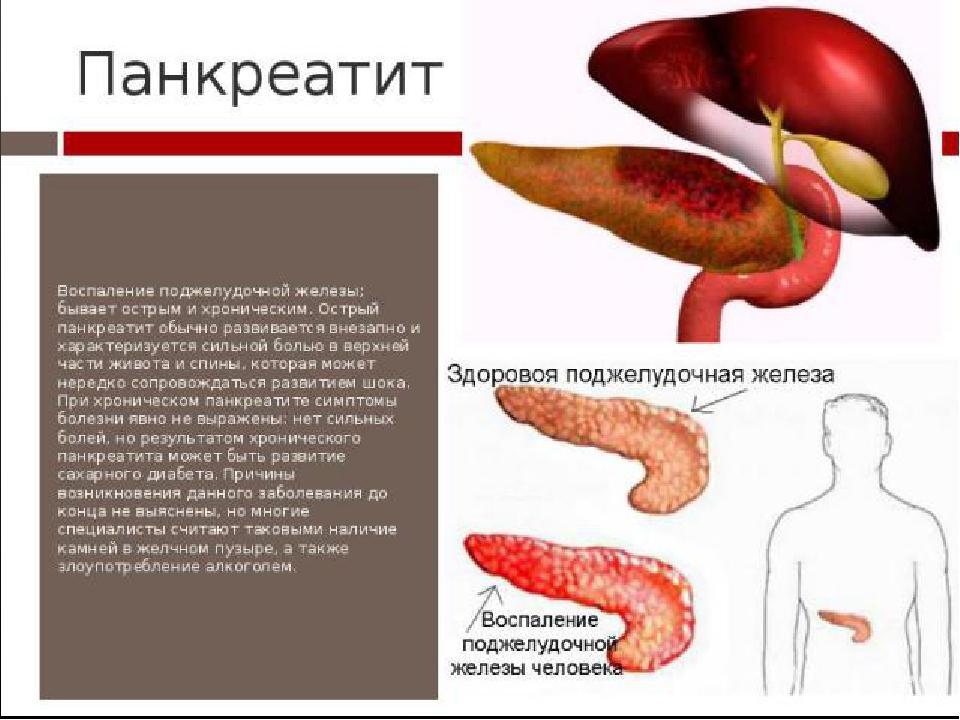
Pancreatitis
Cholelithiasis
The upper abdomen on the right hurts, often radiating to the arm or shoulder. Occurs after eating foods that stimulate intense bile production. An attack of pain may end with vomiting with an admixture of bile.

Cholelithiasis
Polyps
Like benign growths, polyps cause irritation and spasm of the stomach walls. Hence the unpleasant symptoms. The feeling of overcrowding occurs even with small amounts of food and lasts a long time. The clinical picture is characterized by the same symptoms as in most diseases of the gastrointestinal tract.
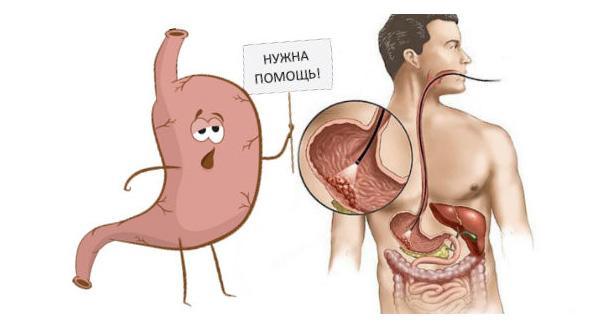
Polyps in the stomach
Video - Polyps in the stomach
Stomach cancer
This disease is characterized by mild pain in the stomach after each meal, a feeling of heaviness in combination with a sharp overall weight loss against the background of an increase in the volume of the abdomen. Vomiting often occurs with an admixture of blood. In this case, you need to see a doctor as soon as possible, since stomach cancer is a rapidly developing disease.
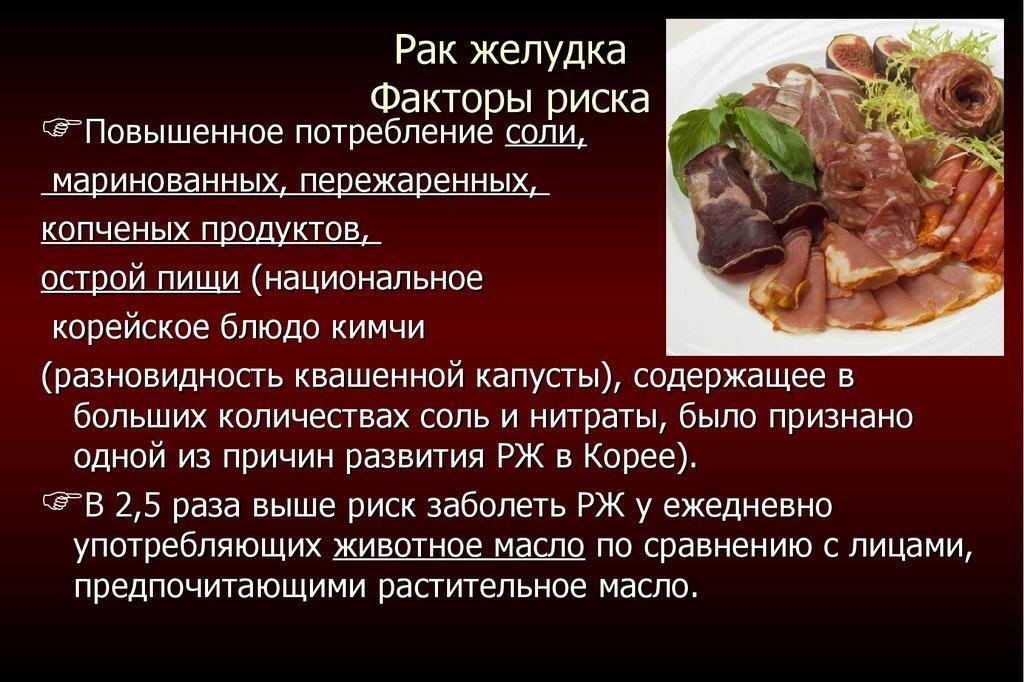
Factors predisposing to stomach cancer
Intestinal obstruction
The pain is moderate, occurs immediately or within the first 30 minutes after eating. Vomiting with the smell of feces is the main symptom by which obstruction can be distinguished from most gastrointestinal pathologies.

Intestinal obstruction
Other diseases in which the stomach hurts
Stomach pain may occur in the background nervous exhaustion, neurosis, anxiety. Also, some diseases can create the feeling that the stomach hurts. For example, moderate pain in the heart with angina pectoris and heartyinadequacies easy to confuse with gastric, especially if the attack occurred after eating. At acute heart attack there may also be a sensation of acute pain in the stomach (some patients with ulcers may mistake a heart attack for ulcer perforation).
Pylorospasm - spasm of the pylorus located between the stomach and duodenum, it is not at all based on gastric pathology. This condition occurs as a reaction to severe stress, with neuroses. The pain appears 20-30 minutes after eating - when the food reaches the duodenum. After vomiting and complete emptying of the stomach, the pain stops - until the next meal. In this case, the patient requires neurological and psychotherapeutic assistance.
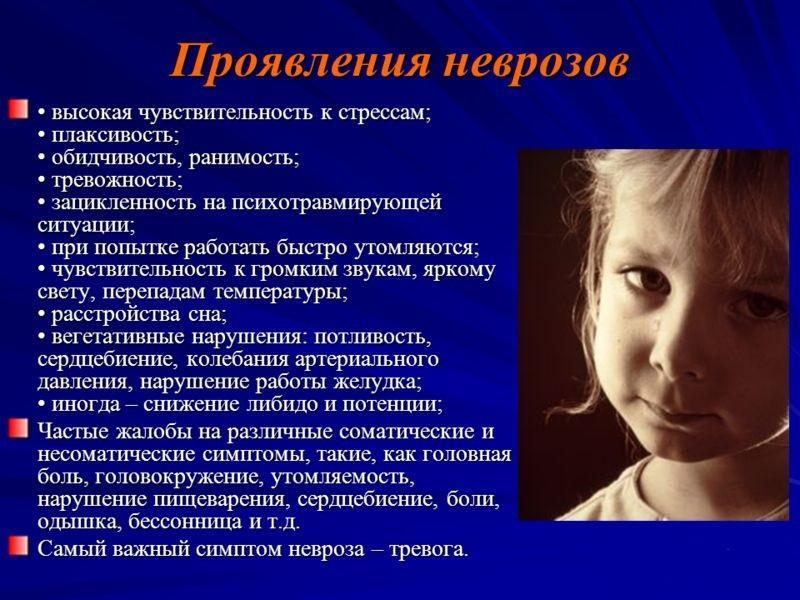
Manifestations of neuroses - one of the causes of stomach pain
Stomach hurts after eating. What to do?
This condition should not be tolerated, hoping that it will go away on its own, especially if the attacks of pain return and other digestive disorders are present. Also, you should not try to cope with the problem with folk methods - they are good only if they are used as an auxiliary treatment with a clear diagnosis. Pain relievers are not an option: by masking the pain, you only exacerbate your condition. In addition, many pain relievers additionally irritate the stomach lining and can cause inflammation.
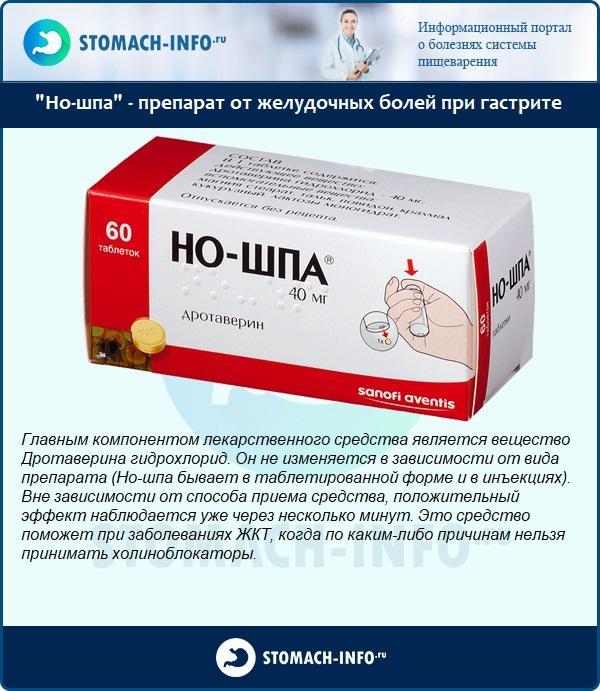
"No-shpa" - a drug for stomach pain with gastritis
Who should I contact?
He deals with the treatment of diseases of the gastrointestinal tract and associated pain in the stomach gastroenterologist. He should be consulted first. He will conduct an examination and interview, if necessary, appoint an additional examination or redirect to another specialist. Do not ignore the recommendations of a gastroenterologist regarding additional consultation with another specialist: for example, stomach pain is often associated with stress and occurs against the background neurosis, in this case, the consultation of a neurologist or psychotherapist will help. If the patient has dental problems, and pain occurs due to poorly chewed food, one cannot do without examination and treatment by a dentist.

The gastrointestinal tract diseases and associated stomach pains are treated by a gastroenterologist
Diagnostics
To determine if stomach pain after eating is the cause of the gastrointestinal tract pathology, you need to go through several diagnostic measures.
General blood analysis will help to identify the presence of an inflammatory process, and also give the doctor more detailed information about your condition. Based on this test, the doctor can recommend more specialized ones - those that will help identify problems in the digestive organs.
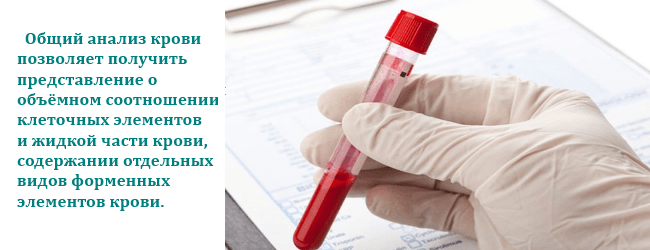
General blood analysis
FGDS (fibrogastroduodenoscopy) - examination of the state of the esophagus, stomach and duodenum with the help of a probe, at the end of which there is a video camera. This method allows the doctor to look inside the patient, assess the condition of the mucous membrane, see possible foci of inflammation, ulcers, erosion, and neoplasms. Usually, during the procedure, a fragment of the mucous membrane is taken for examination. This helps to determine the presence Helicobacter pylori infection and the likelihood of cell degeneration.
Ultrasound of the stomach Is another additional method that will help evaluate his work.
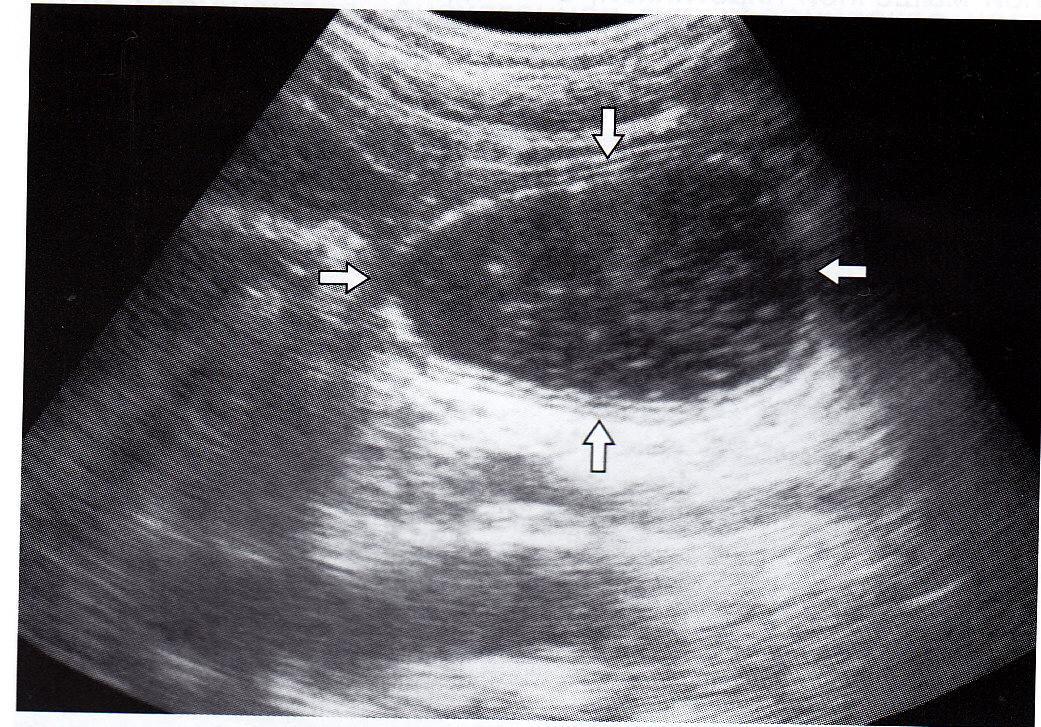
Ultrasound of the stomach
CT scan and stomach x-ray help to identify the presence of benign or malignant neoplasms.
It is important to properly prepare for visiting a gastroenterologist. The more accurate and complete your answers to the doctor's questions are, the faster he will be able to diagnose and relieve you of stomach pain.
The most frequent questions at a gastroenterologist's appointment regarding abdominal pain
- When exactly does the pain occur (even while eating, immediately after it, after a while - after 15-20 minutes, after an hour or more)?
- What time of the day the pain is stronger?
- In which part of the abdomen is the pain localized?
- Does the pain symptom appear at other times - on an empty stomach, at night, in the morning?
- After what products does the pain almost always occur / is more severe?
- Are you taking any medication? Did the pain start when you started taking them, or much earlier / later?
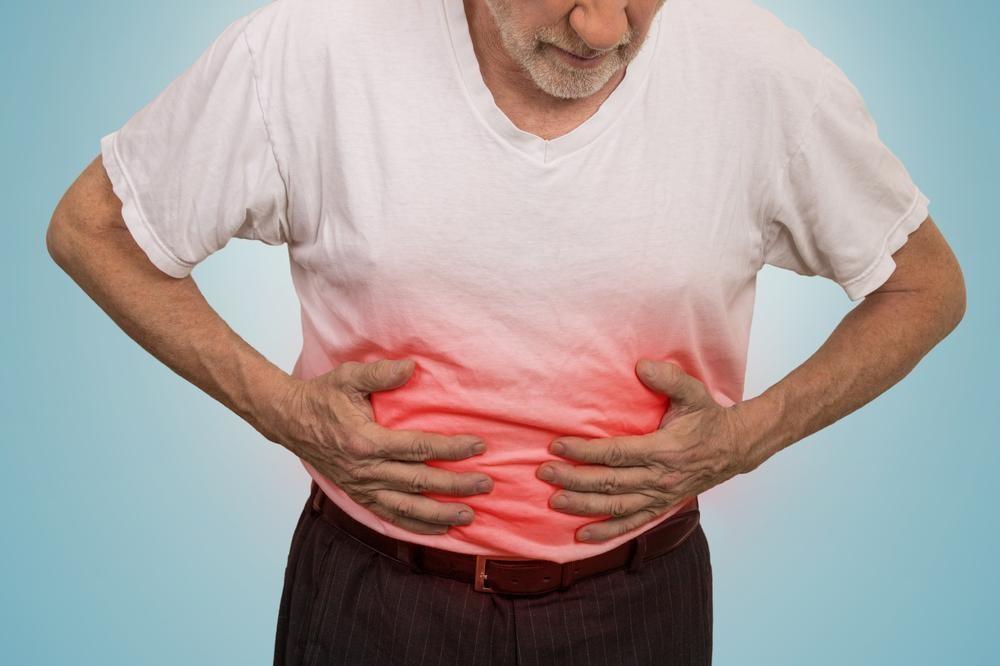
Stomach ache
Other questions of the gastroenterologist include the following:
- what additional symptoms are there? Describe even those that, in your opinion, are not even related to the digestive system;
- the diet of the last days;
- what diseases or changes in condition do you have or have recently?
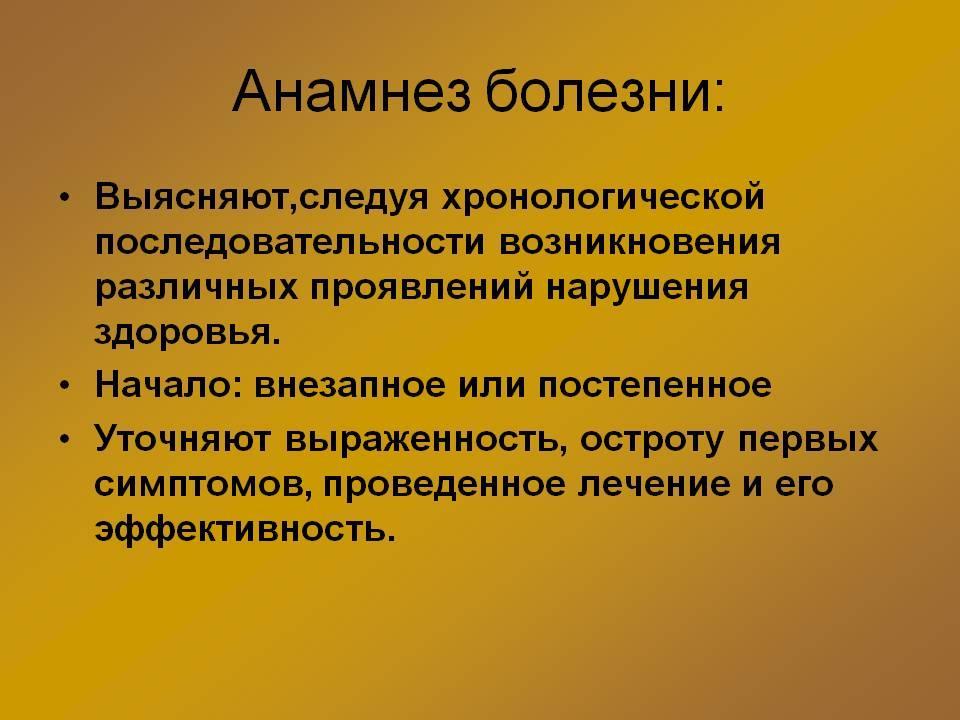
Medical history
Also, the doctor will conduct palpation of the abdomen will appoint an additional examination.
To make an accurate diagnosis, the doctor uses data from several examination methods. Only in this case the diagnosis will be as reliable as possible, and the treatment will be effective.
Treatment
It is necessary to use any drugs only after consulting a doctor, examination and determination of the causes of pain. Otherwise, you can aggravate the condition and provoke a more rapid development of the disease.
To eliminate pain in the stomach after eating, use:
-
antacids - drugs that lower acidity. They can only be drunk by those who have increased gastric acidity;
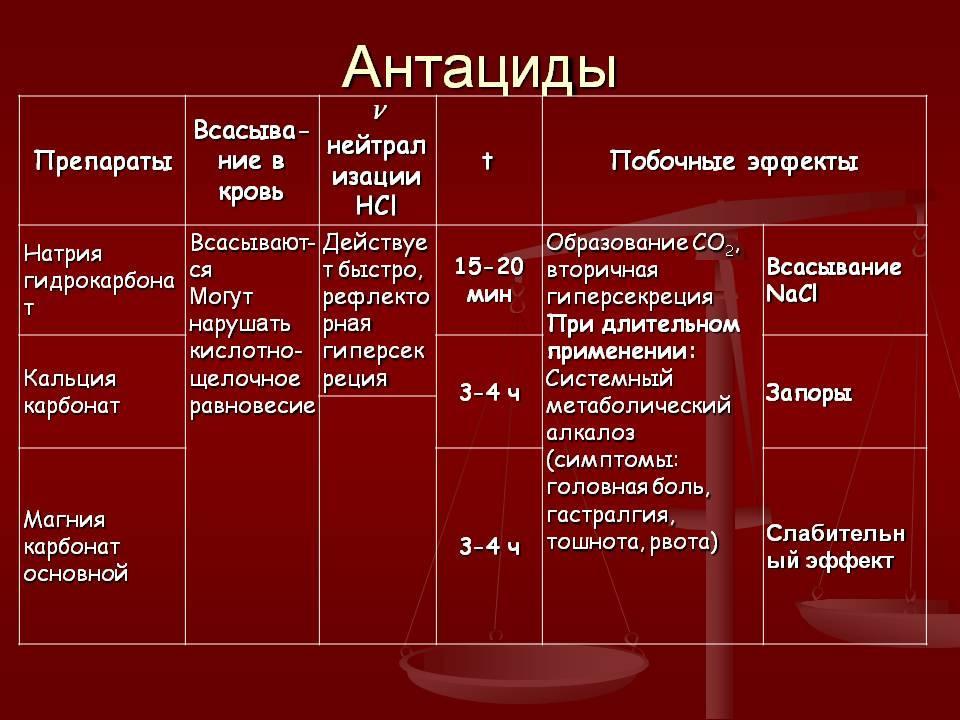
Antacids
- drugs that stimulate the production of gastric juice patients with low acidity;
-
enzymes - in case of disturbances in the work of the pancreas;
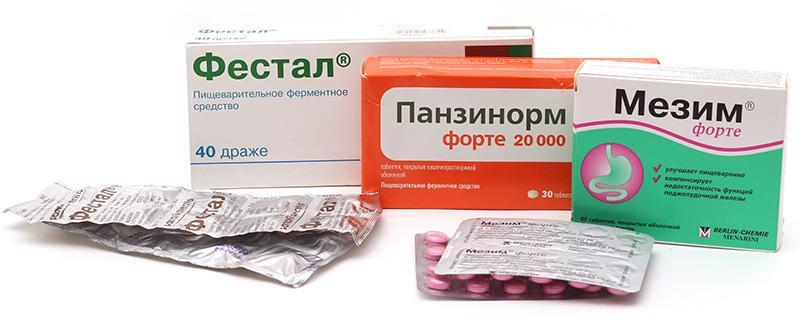
Enzyme preparations
- painkillers - only with severe pain that cannot be tolerated, and as prescribed by a doctor;
-
sorbents, antibacterialdrugs - with food poisoning.

Enterosorbents
Diet
If your stomach hurts after eating, you must first determine which foods cause this reaction. Some foods can cause mild pain, while others can be very painful. An irritating effect is possessed by:
- greasymeat, friedfood - enhances the production of gastric juice and bile. Difficult to digest with a lack of pancreatic enzymes;
-
sharpand acidic foods, coffee and strong tea - irritate the mucous membrane, increase the secretion of gastric juice;

Strong tea
- sweet, bakery - provoke fermentation, especially against a background of low acidity.
-
rough food can injure irritated and inflamed mucous membranes.
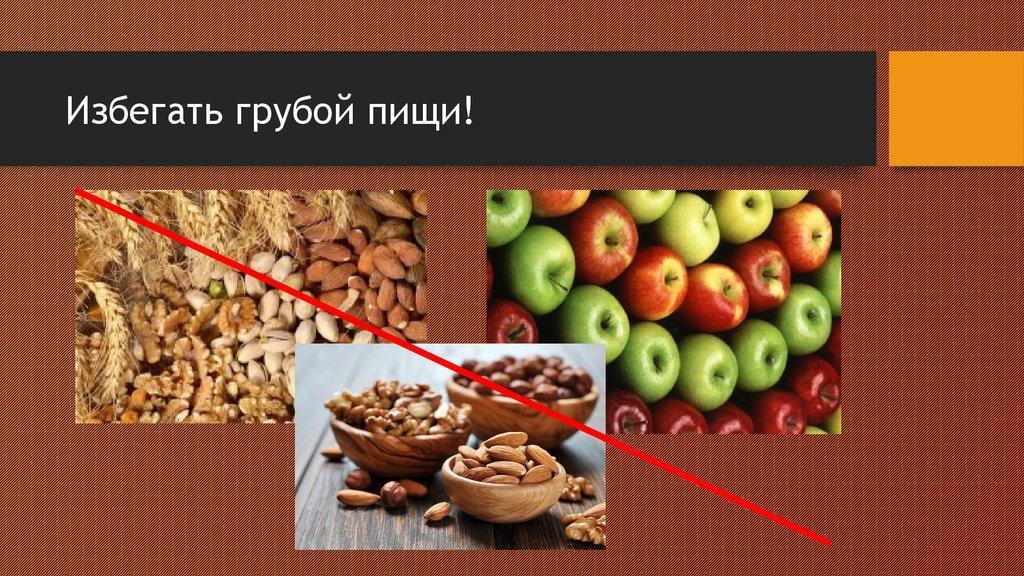
Avoid rough food
- alcohol - causes vasospasm, stimulates the production of gastric juice.
To reduce the likelihood of pain, you need to eat only approved dietary products - low-fat broths and soups, porridge, boiled vegetables, baked fruit, lean meat and fish, fermented milk products - only if the body perceives it well.
You need to take food in small portions, 5-6 times a day, drink enough water, do not drink food.
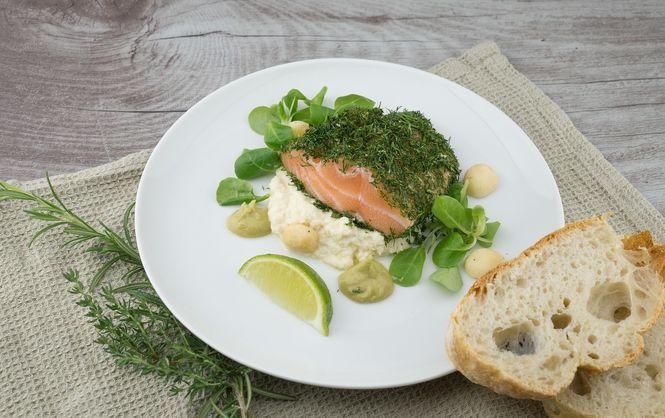
Small meals
If discomfort occurs daily or at least 3-4 times a week, you should seek medical help.

